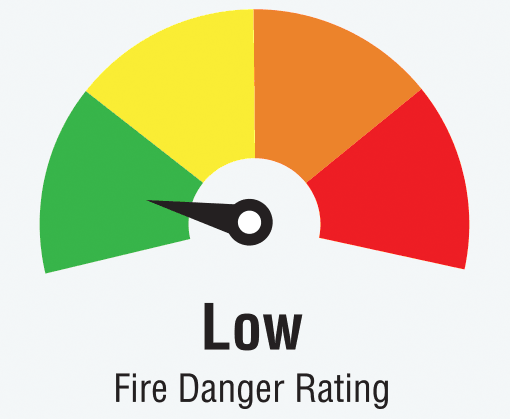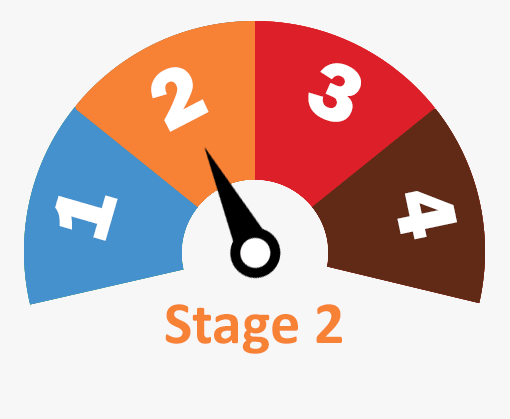Whistler’s natural environment is one of the community’s greatest amenities, and residents and visitors alike understand the importance of the natural environment to the success and viability of the resort community.
Protecting Whistler’s natural beauty and environmental resources has been identified as a priority since Whistler’s creation as a resort municipality, and is highlighted in the Resort Municipality of Whistler’s (RMOW) Corporate Plan and Official Community Plan (OCP).
Through significant development over the last 40 years, Whistler’s natural areas and local biodiversity have been challenged by land conversion and habitat fragmentation, and the municipality is committed to mitigating the impacts.
Overview
Environmental Protection Bylaw No. 2000, 2012 is intended to assist the RMOW in meeting community goals for protecting the environment. The bylaw gives the RMOW a clear, consistent and comprehensive tool to:
- protect streams;
- provide a clear tree cutting permit process for applicable trees;
- manage invasive species; and
- enforce the OCP’s development permit environmental conditions.
Protecting Streams
Prior to the introduction of this bylaw, there was no municipal legislation in place to address pollution to streams or drainage works. Such Provincial and Federal legislation does exist but monitoring and enforcement at the local level can be challenging. With the introduction of this bylaw, the RMOW is directly enabled to issue fines for the pollution or obstruction of waterways.
Tree Cutting Permits
The RMOW had a Rural Area Tree Protection Bylaw No. 1038, 1994 which applied only to lands zoned RR1. It was narrow in scope and difficult to apply for both property owners and the municipality. It was rescinded when the new bylaw was passed.
The Environmental Protection Bylaw requires a Tree Cutting Permit to cut or alter applicable trees, including:
- trees within 20-metres of the Highway 99 right of way;
- heritage trees; and
- trees in covenanted areas requiring municipal approval to alter.
The Environmental Protection Bylaw tree cutting permit process provides a clear and comprehensive process for addressing the alteration or removal of trees on all applicable lands. It provides a clear means of enforcement in the case of non-compliance related to tree cutting in applicable areas.
For more information on the Tree Cutting Permit process, click here.
Minimizing the Spread of Invasive Plant Species
Invasive plant species are a growing problem and not only threaten biodiversity, but some species can also damage property or cause injury to humans. The RMOW will continue to partner with the Sea to Sky Invasive Species Council on a regional approach to the management of invasive species, including continuing public education and assisting land owners who have invasive plants on their properties. Prior to the introduction of the Environmental Protection Bylaw, the RMOW did not have any legislation in place prohibiting the planting of invasive species in Whistler. The Environmental Protection Bylaw now achieves this, as well as facilitating enforceable notice to remove invasive plant species from a person’s land. This component of the bylaw was introduced in June 2014 as an amendment.
Environmental Conditions in Development Permits
Some development permits are issued in respect to development permit areas designated for the protection of the natural environment, its ecosystems and biological diversity. Most developers are compliant with conditions; however it is important to provide for the enforcement of specific environmental conditions included in development permits. Development permit conditions, when issued in respect to development permit areas designated for the protection of the environment, are now enforceable by this bylaw amendment, which gives the RMOW the ability to address non-compliance.
Contact
Luisa Burhenne
Manager of Climate & Environment
604-935-8374


